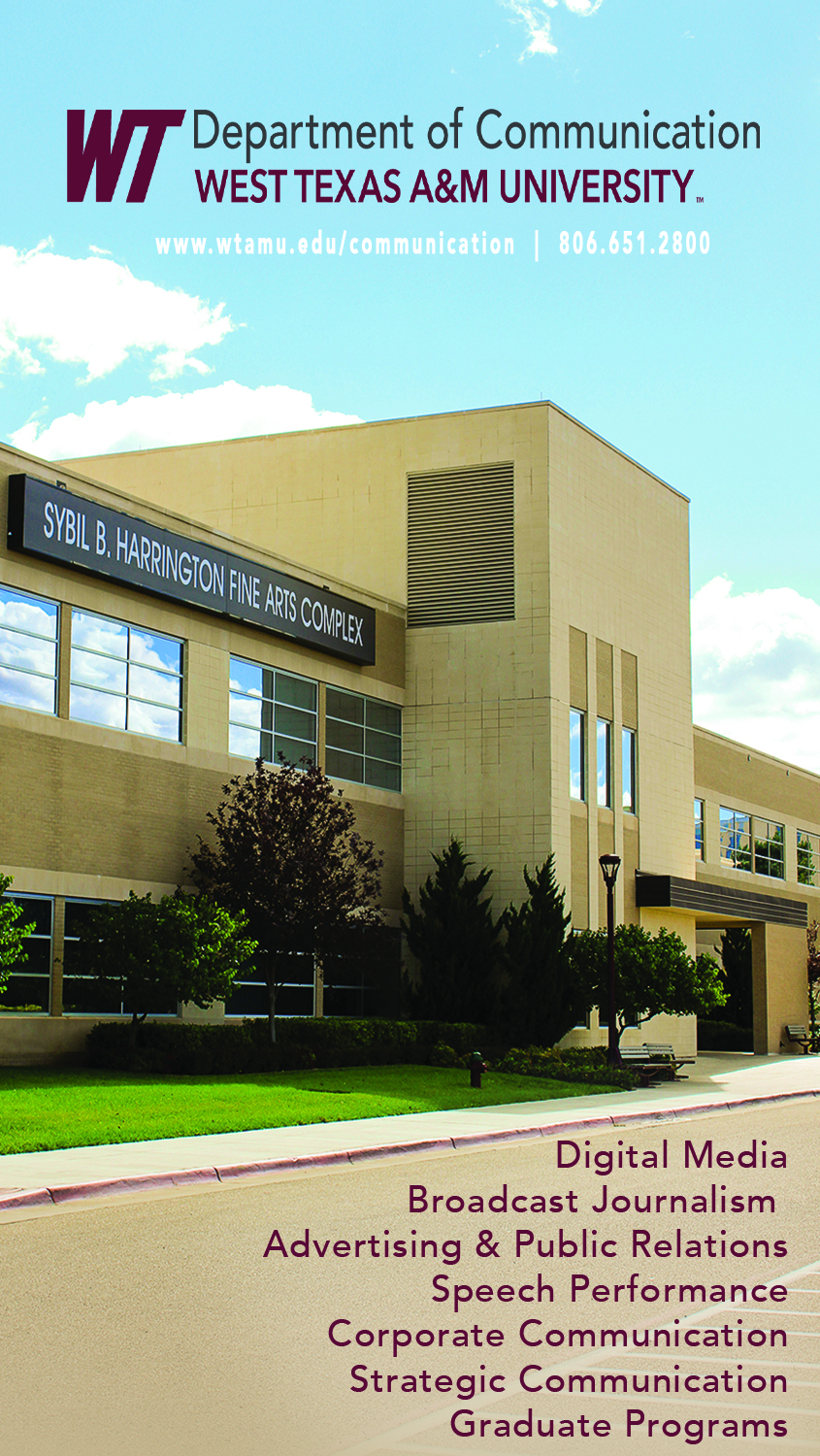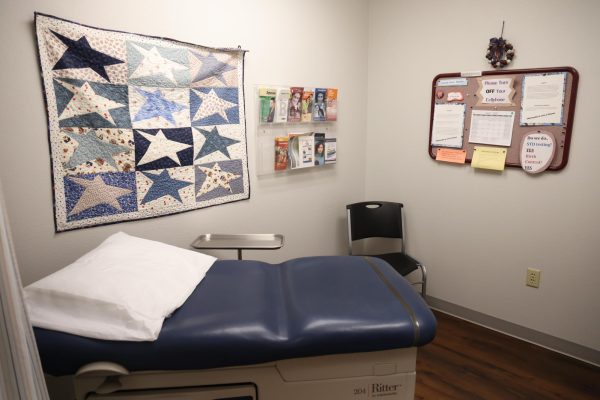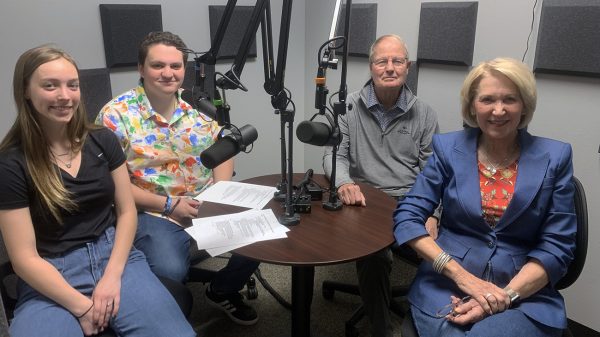The Bottom Line About Borrowing
Student loans are not bad.
November 9, 2021
Sponsored Content provided by Education Credit Union and the BUFF $MART program
If a list of reasons to borrow money is being made, education is (for most people) right at the top of the list. Student loans are not bad. Student loans are not risky. For many, student loans are an introduction to credit. Credit is not bad. For the average person, an education will be the second most expensive thing they purchase; the first is a home. Education is priceless, it is an invaluable tool that lifts individuals and societies simultaneously closer toward their utmost potential. Education is how we got to where we are now.
For the average person, saving up enough cash to buy a house outright is not a feasible reality. People borrow money for homes, and no lender is going to allow a person to borrow tens of thousands of dollars without proof that they have a history of borrowing and paying back money responsibly.
Credit is not bad. Credit facilitates our way of life. For many, what makes those things “bad” are the potential consequences of irresponsible behavior. If a person does not pay their student loans, they don’t lose the education they received. However, if their career requires a license or certification, they will not be able to obtain those credentials – even if they have the education. For example, a person who graduates with a degree in nursing, they will be able to obtain a nursing license to get a job as a nurse, even if they default on their student loans. If a person does not pay a credit card bill no one is going to come and take back that dinner and a movie from last week. However, if a person cannot handle paying back the cost of a night out on their credit card, it is often deduced that they will not be able to handle paying back larger amounts of money. That means they may not get loans for the vehicle they want to drive, or the place they want to live. If someone does lend them money, their behavior and circumstances have proven that they are a financial risk. That risk is given a number that translates to a dollar amount – the interest rate.
Most people learned the first time they ever checked out at the store that the price on the price tag is not the actual price of the item. That $4.99 item will be more than five dollars at check out. That does not change. There are always taxes, and when a person borrows money to pay for an item there is also interest. That $20,000 vehicle price tag is not the price. There’s interest involved. The sticker price is never the price, and how a person handles paying back their debt is what determines how much extra they pay for cars, homes, – and even insurance products. If their behavior makes them more of a risk, then they will be charged more. If they are less of a risk – if it appears they will have no trouble repaying the loan – the less it will cost them to borrow the money.
There are five components of a person’s FICO credit score, and each of those components asks a specific question about how a person uses their money. The five components of a person’s FICO score are:
Payment history – Are payments made on time, every time?
Amount Owed – How much money have you already borrowed?
Length of Credit – How long have you used credit?
Mix of Credit – How do you handle different kinds of debt? Credit cards vs. car loans vs. wedding loan, etc.
New Lines of Credit – How often do you need to borrow money?
Each of those answers carries a different weight depending on the credit scoring model used. A person with a good credit score, no matter their profession, career, or talent will have positive answers to those questions.
The earliest models of the credit scoring systems that are currently used were developed in 1989. Prior to that time lenders relied on professional references, personal references, and personal taste to determine who should receive a loan. Rather than maintaining a system where a person had to directly rely on a network of people to achieve certain milestones (like buying a house or car) the credit score system was devised so that a person’s own behavior indicated whether or not they were responsible with money.
People often are taught how the credit system works by graduating from the “School of Hard Knocks.” Fortunately, times are changing. Institutions like West Texas A&M University provide the entire student body with access to free programs like Buff $mart located in the Student Success Center. Buff $mart is partnered with Education Credit Union to teach Buffs how to graduate with little-to-no student loan debt, teach them how credit works, and even how to build a budget and begin investing income – for free. Scholarships are even awarded to registered attendees. The first step to taking control of your future is understanding how your money really works (and how it can work best for you). There are organizations committed to sharing that knowledge. A rising tide lifts all ships, after all.
If student loans are a something you are struggling with, reach out to Meghan Williams, or any of the Peer Financial Coaches at ECU Buff $mart. If you, or someone you know is struggling with building or maintaining your credit score, reach out to your favorite financial institution with your questions. No matter who you are or what you choose to do with yourself, you’re going to earn a paycheck – learning to use it well and wisely is as important as anything else you will learn during your time in college.
For more information on this article or to learn more, please feel free to reach out to Colten Hibbs at Education Credit Union 806-358-7777. Education Credit Union is Federally Insured by NCUA. For more information on Education Credit union, please visit https://www.educationcu.com
Sponsored Content provided by Education Credit Union and the BUFF $MART program











